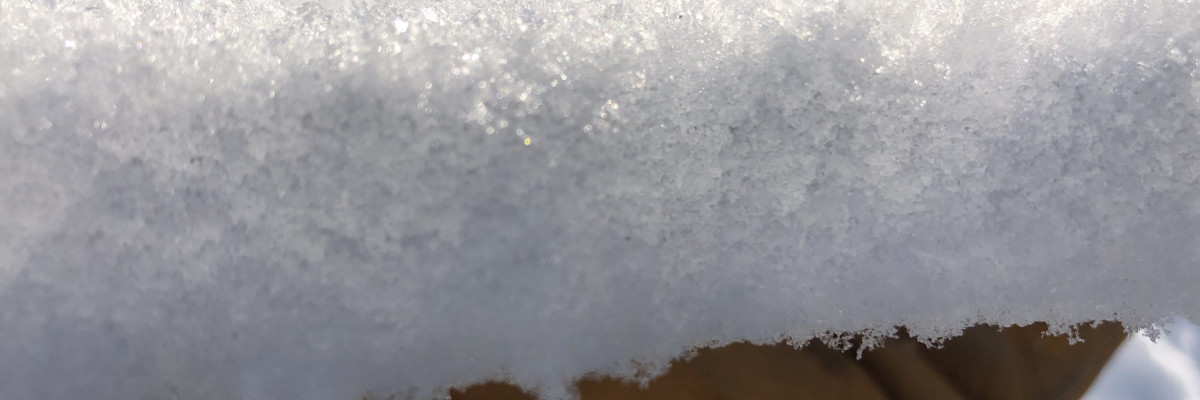The avalanche danger is low for the west central Montana backcountry. Low danger does not mean no avalanche danger. Use normal caution to travel in avalanche terrain today.
Good morning, this is Travis Craft with the West Central Montana avalanche advisory for February 22, 2020. Today’s advisory is sponsored by Krispy Kreme. This advisory does not apply to operating ski areas, expires at midnight tonight, and is the sole responsibility of the U.S. Forest Service.
Weather and Snowpack
Mountain temperatures range from 17 F to 26 F in the region. In the Bitterroot, winds are 7 mph with gusts of 17 out of the SSW. In the northern part of the advisory area, winds are 20 mph and gusting 33 mph out of the WSW. No new snow overnight.
The weather has been mild during the day, creating crusts on sun-exposed slopes. Temperatures have been dropping at night to single digits growing surface hoar. These temperature swings have created near-surface facets below the melt-freeze crust. The surface hoar, crust, and facet combination are worrisome once they become buried later this weekend.
Overnight temperatures did not drop into single digits. Expect clouds to increase today slowly. Low does not mean no avalanche danger. Dig a pit before committing to any steep slope, pay attention to changing weather, and look for red flags.
The primary avalanche problem is loose wet on steep, south-facing slopes. As cloud cover builds today, it should keep these slides small. If you see rollerballs on a slope, it is time to seek shadier less sun-exposed slopes.
In the southern Bitterroot, persistent slab avalanches are an avalanche problem. There is a thick layer of depth hoar buried under 1.5-2m of snow that still needs to be treated with caution. If you are trying to get on steeper slopes, find a shallow place to dig and look for weak, sugary snow at the ground. If you find it, pick another slope to ride. These avalanches are unlikely to fail in stability tests. However, if you find the right spot on the slope, it is still possible to trigger a very large avalanche.
Bottom Line
Use normal caution to travel in avalanche terrain today. Continue to practice safe travel protocols in case you find an exception to a generally stable snowpack. Travel one at a time in avalanche terrain, carry a beacon, shovel, and probe, and stay alert for signs of instability. Dig a pit. Look for red flags. Pay attention to weather changes that will increase avalanche danger.
Your observations are extremely helpful! If you get out, please take a minute to fill out the observation form on our website (missoulaavalanche.org), or shoot us a quick email at [email protected].
We offer a variety of avalanche courses throughout the winter. Our current schedule is listed on the Missoulaavalanche.org avalanche education page. If you are interested in enrolling, you can find info here, or email us with questions.
Ski and ride safe.














